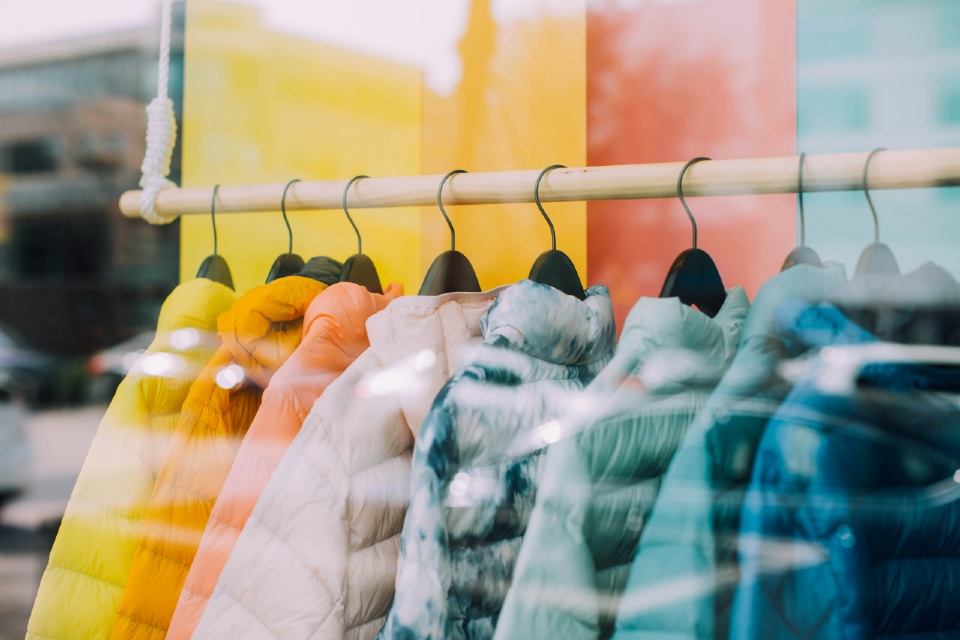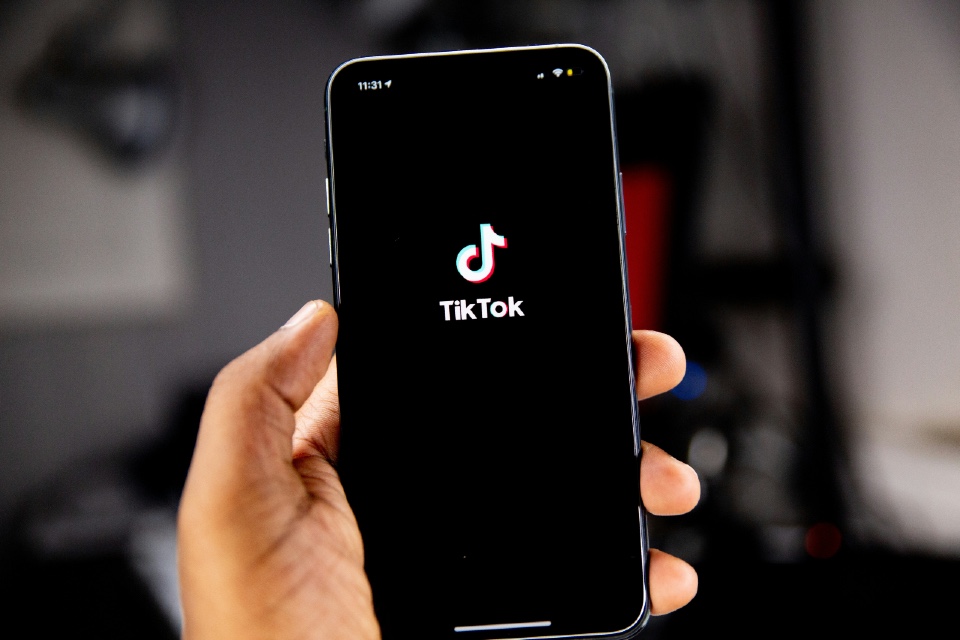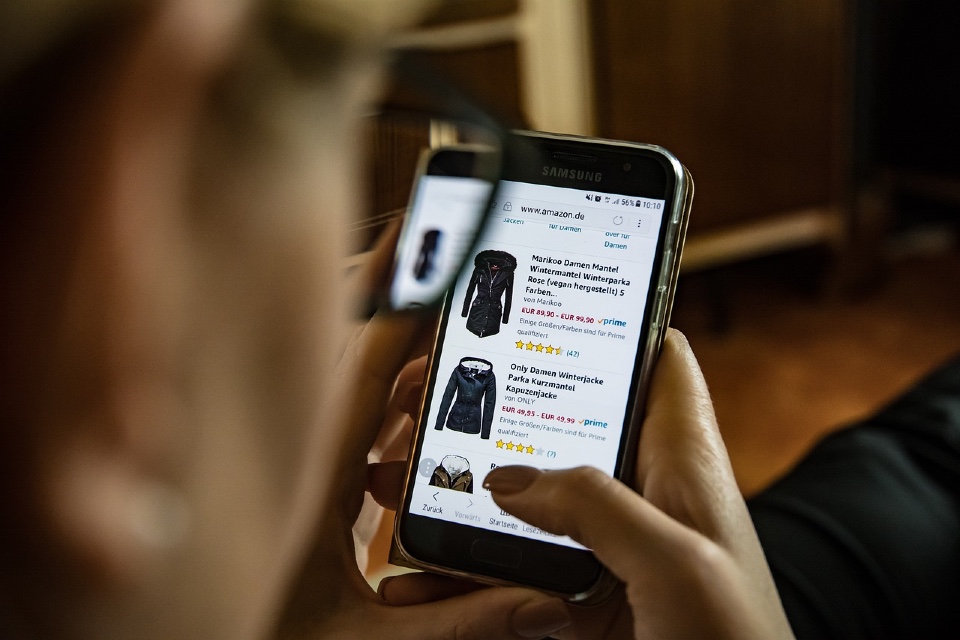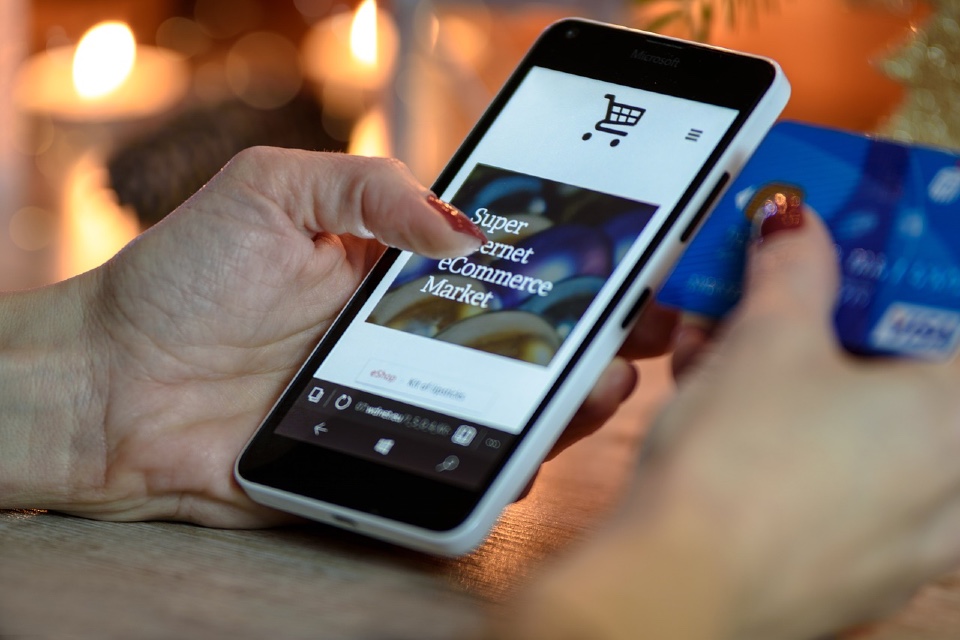Rachael Kiss, Marketing Manager at home and catering supplier Alliance Online shares six ways in which retailers can capitalise on the ‘pantry p*rn’ trend in 2023…
In a nutshell, ‘pantry p*rn’ is a trend where people showcase their aesthetically-pleasing pantries on social media. This kind of content is proving particularly popular on TikTok, Pinterest and Instagram, and essentially depicts well-stocked and neatly organised pantries in users’ homes.”
Pantry tours are certainly not a new phenomenon, but it appears that the trend has got a second wind in 2023. Here’s how you can use the phenomenon to boost sales.”
1. Understand the trend
Getting to grips with what the pantry trend is all about, and why it is so popular at the moment, is crucial. In my opinion, this type of content is resonating with so many because it is aspirational, inspirational and ultimately aesthetically pleasing. This is something which retailers can tap into when marketing their products and creating content.
It’s also important to understand who is interested in pantry content. Recently, searches for the term ‘dream pantry’ are up 100% year on year on Pinterest. According to the social media platform, females aged 25-30 are the core demographic.
Finally, investigate the peak seasons of interest for pantry products and content. Based on Google Trends data, there is continued interest related to the topic of pantries, but it spikes in the colder months (from September to March).
2. Consider your stock
Analyse your stock to determine which of your products may fit into the “pantry p*rn” aesthetic, and therefore will appeal to consumers interested in the trend. Products typically involved in the trend, with a high search volume on Google, include pantry shelves and pantry storage, such as baskets and jars to store food in.
Don’t be afraid to think outside the box for ways in which your products could allow someone to create their dream pantry. For example, the pantries on social media tend to have a neutral colour scheme – do you stock paint which would work for this? Labels for produce are also frequently seen within the trend, something which craft companies can use to their advantage.
3. Create a targeted page on your website
In order to capitalise on the high search volume related to pantry content, create a page on your website designed to gain traffic and drive sales.
For example, the page could be a ‘guide to pantry p*rn’, which can include links to relevant products and calls to action throughout the copy. Format the page as a guide explaining how to aesthetically organise your pantry, and include images.
Consider taking new product photos which reflect the trend. If a customer is browsing for something to make their pantry look like their aspirations, showcasing a product in this environment will make it much more appealing.
4. Optimise your content to increase traffic
After creating content about pantries on your website, ensure that it is optimised to give it the best chance of ranking well within the Google search results.”
Conduct keyword research to uncover what people are searching for, then edit headings and copy so that they are used naturally throughout. For example, popular terms with high search volumes in the UK include:
-
Storage ideas
-
Cupboard storage ideas
-
Pantry shelving”
Including internal and external links, within the page in question, will also have SEO benefits, as well as making the content easy to read for customers.
Use social media to your advantage
#pantrygoals has more than 261 million views on TikTok and there are 259 thousand posts on Instagram containing the hashtag #pantryorganisation. Clearly, this is a trend which has taken social media by storm. So, if you’re looking to promote your products, or simply gain brand awareness by providing content related to pantries, social media is the best means.
We know that there is an active interest in pantries on these platforms, so organic content should work well to showcase your offering. You also have the option to run paid-for ads if you really want to get in front of the target consumer.
Bear in mind that platforms such as TikTok ban certain words that may be used in your content and could get your video taken down. The word “p*rn” will likely fall into this criteria, so avoid using it at all costs.
Be mindful of potential backlash
There’s nothing wrong with enjoying getting a sneak peek into a well-organised and ultimately satisfying pantry. However, well-performing pantry content tends to showcase a fully stocked pantry of food, in a plethora of neatly organised jars. Be mindful to avoid promoting overspending on both food produce and containers, which could be damaging for your brand’s image – particularly in light of the cost of living crisis.
Image by CSU-Extension from Pixabay









